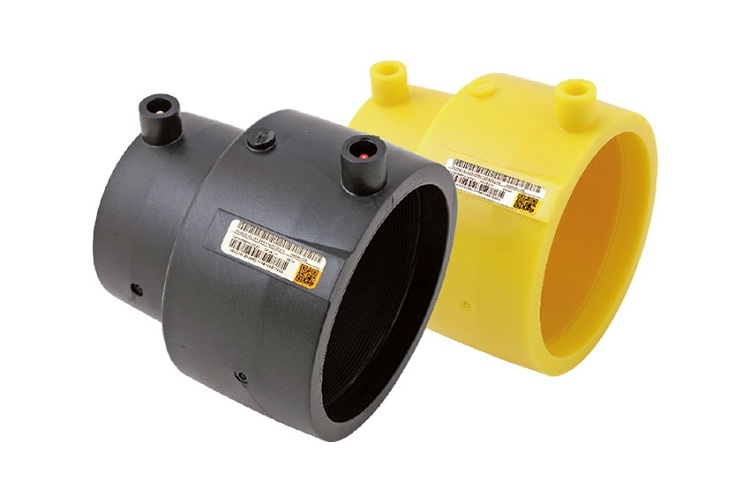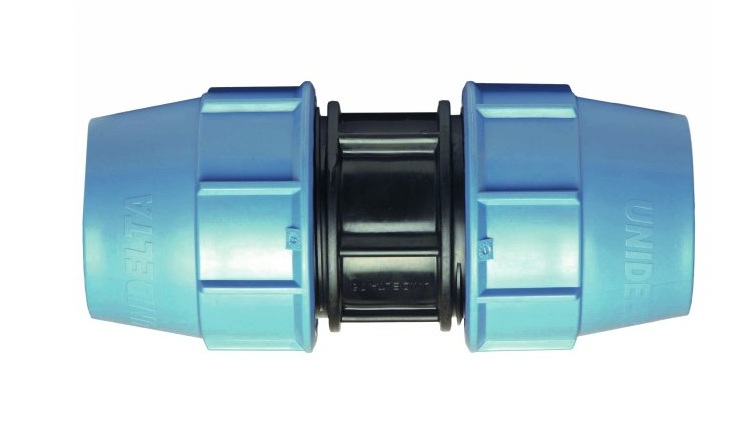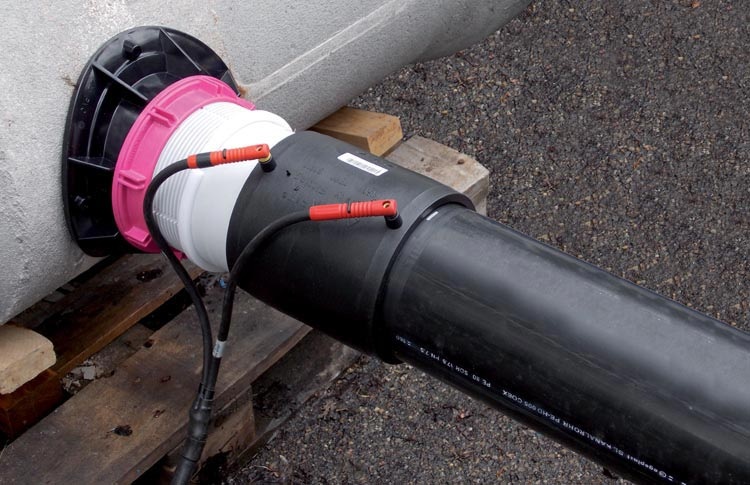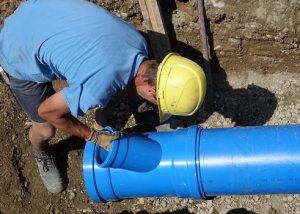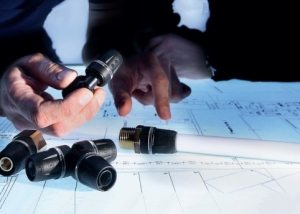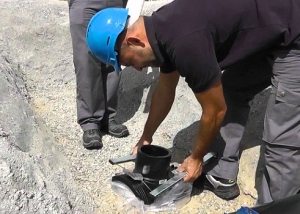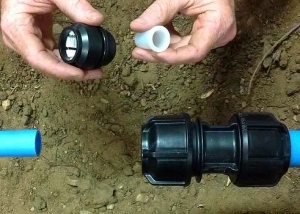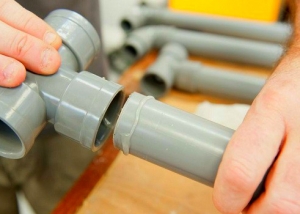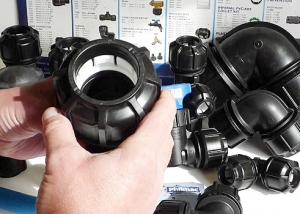A polyethylene coupling is a connecting part that is used to join pipes together. The range of such products is incredibly wide. All of them are classified by design features, method of connection and other features. The modern market allows you to easily purchase the desired shaped element for connecting polyethylene structures of any configuration.
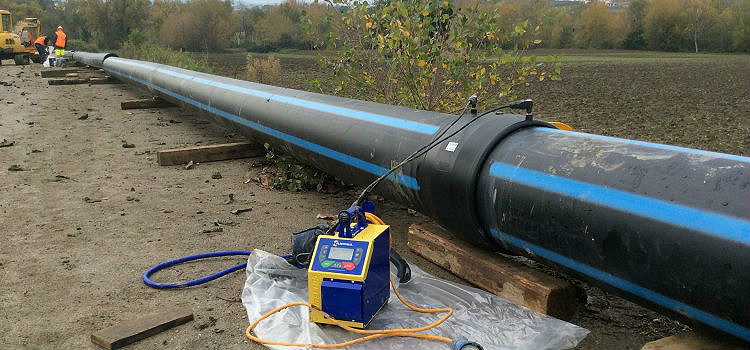
Couplings for polyethylene pipelines are selected depending on the purpose of the line and the diameter of the pipes
Content
Scope of application
The polyethylene sleeve greatly simplifies the installation of pipelines that are used in various systems:
- water supply (both hot and cold);
- sewers;
- heating;
- oil pipelines;
- electrical networks.
Note! Polyethylene fittings are universal products, which allows them to serve as adapters between structures with different structural features (for example, corrugation and smooth-walled pipe).
You can also highlight the main industries in which these connecting parts are used:
- Agriculture;
- Housing and communal services;
- building;
- oil and gas and chemical industries.
In addition, the coupling method of connection is quite common when installing and connecting different pumping equipment.
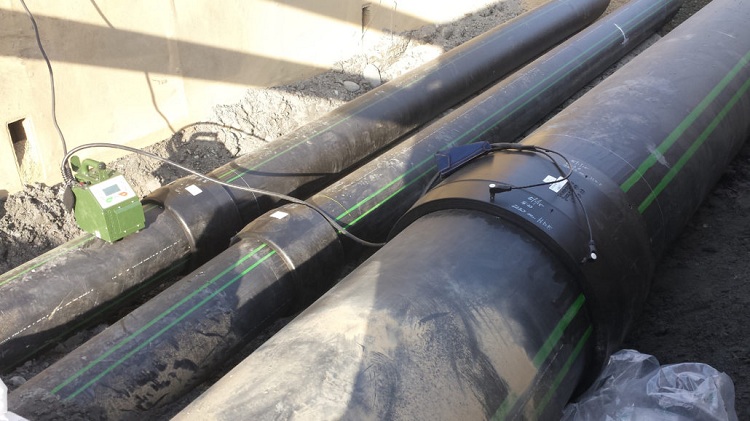
Such fittings are used in the installation of water and gas networks both in everyday life and in the field of public utilities
The main advantages of PE couplings
Polyethylene is a relatively "young" material, which has a number of undeniable advantages. The main advantages of couplings for PE pipes include:
- Environmental friendliness. Products made of polyethylene are resistant to aggressive chemical compounds and do not emit substances harmful to human health.
- Heat resistance. By this property, polyethylene parts are similar to products made of polyvinyl chloride (PVC). They tolerate temperatures from –20 to +50 ° C without any problems.
- Cheapness. Polyethylene products have a fairly attractive price and are of high quality. When installing complex and extended structures, this is especially important, as it allows a good save.
- Ease of installation. To install fittings that provide a detachable connection, you do not need to have any special skills and tools. Replacing and repairing such joints is quite quick and easy.
- Durability. Subject to operating conditions, the service life of these products reaches several decades.
- Reliability. PE fittings are highly resistant to mechanical stress.
Varieties of PE Fittings
Couplings for polyethylene pipes are represented by varieties that have a different structure and differ in technical characteristics, as well as in the installation option. In addition to couplings, there are other options for fittings for pipes made of polyethylene. For gas pipes, as a rule, thermoresistant and cast connecting parts are used, and for sewer communications - corrugated.
Thermistor Such products are mounted using a special welding machine. The clutch is carried out using a copper wire, which is heated by electric current and melts the polyethylene. The result is a reliable connection. Such products cost more than their counterparts, however, the reliability and speed of installation of these parts does not cause any doubt.
Cast. These products are quite durable, have high resistance to pressure and are used for pressure pipelines and gas pipelines. Communications in which such connecting parts are present are laid underground. Installation of cast fittings is carried out by butt welding.
Important! The use of special welding equipment requires the necessary knowledge in this area, so if you have any doubts and doubt that you can perform the correct welding of the fitting, it is recommended to contact a specialist.
Corrugation. It is used in sewer systems and is a flexible, ribbed pipe. It is characterized by low cost and ease of installation, incorporates a special rubber gasket, which enhances the tightness at the junction.
Classification of PE couplings according to their purpose
All couplings are usually divided into three groups according to their purpose:
- connecting;
- repair;
- protective.
Protective devices are used for the installation of communications that protect cable lines from electrical networks from damage. The cross-section of polypropylene protective fittings may differ from conventional options.
The coupling is the most popular and is used to perform (respectively) the connection of the individual parts of the PE pipes (pressure and pressureless). Such products are also used for gas pipes.
Repair parts are used in cases where it is necessary to eliminate the breakdown in the pipeline communication. The design feature of the repair product is that it consists of several segments that are superimposed on the damaged section of the trunk. Installation of segments can take place using clamps or welding.
Couplings
In pipeline structures, the following couplings are used:
- electric welded;
- compression;
- flanged.
Electric welded (they are also thermistor). Such fittings for pipes made of polypropylene are made in the form of a sleeve in which elements are heated using electricity. Installation of such products is quite simple:
- the coupling is put on the edge of the pipe;
- the heating element is activated and melts the polyethylene pipes and couplings;
- after cooling the plastic, an airtight seam is formed.
The reliability of such a connection can improve the operational characteristics of the system and extend its life. In addition, such fittings can be installed in hard-to-reach places, which is also a big plus.
Compression. Compression fittings are the most reliable and functional of all. Their installation does not require welding equipment. Installation of such fittings is made thanks to the collet, in which the ends of the pipes are fixed. The design of such a coupling includes sealing elements, thrust rings and stops.
Note! The connection made by the compression part is considered durable, but is detachable. That is, b, if desired, the joint can be easily disassembled.
In addition, the compression part can be used more than once, which is a convenient and cost-effective property. It is important to remember that the only component of the compression sleeve that undergoes wear is the o-ring.When reusing such a fitting, it is advised to replace the failed element with a new one.
You can install such a product on a pipeline of any material. The price of such products is quite affordable, which is also an indisputable advantage.
Flanged. The flange fitting is able to provide good tightness of the structure, and is also easy to install. As a sealant for flange fittings, special paronite gaskets are used. Also, this product includes a metal flange and a polyethylene pipe.
Couplings for pipes made of cross-linked polyethylene
For cross-linked polyethylene pipes, two types of couplings are used:
- compression;
- press models.
Compression models are the same fittings that are used in working with ordinary HDPE pipes, they are collapsible. This fitting includes special nuts. Sealing is achieved by tightening these nuts, which act on the sealing elements of the coupling.
Press models are installed slightly differently. Their installation, as a rule, is performed using special pliers. The result is a tight, one-piece connection.
Couplings for cross-linked polyethylene can be made in various configurations, which allows you to choose a part for mounting any network in which it is allowed to use polyethylene pipes.
